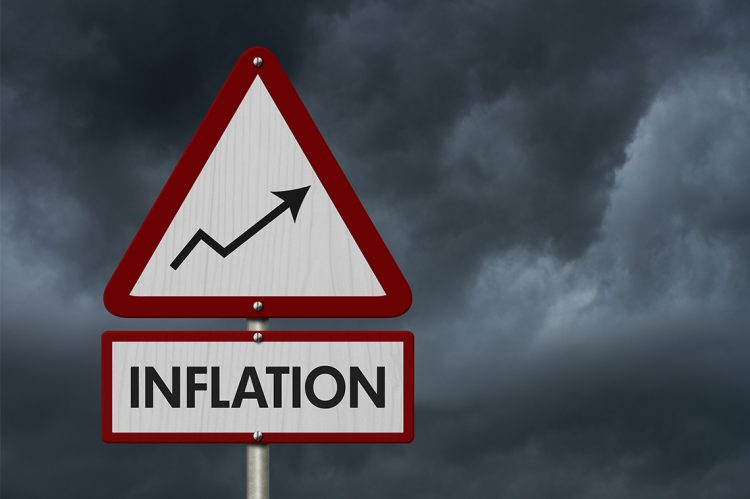For the first time in almost a year, the Consumer Price Index (CPI) tracked a month-to-month increase in headline inflation, which could confound hopes that the Federal Reserve will end or even reverse its campaign of interest rate hikes as the central bank continues to assess an unpredictable economy.
CPI inflation rose 3.2% year-over-year in July, a 0.2% increase from the previous month. So-called core inflation, which excludes volatile food and energy costs, also moved up 0.2% from June, now 4.7% higher than last year.
With both the immediate and long-term health of the housing market tied to interest rates, the fact that inflation has come down tremendously might not matter if the Fed decides to continue its restrictive policies in September—or beyond.
“Another rate increase is likely, since inflation is still above the Fed’s 2% target,” said Bright MLS Chief Economist Dr. Lisa Sturtevant in a statement.
But there remains very little consensus as far as how the Fed will approach this latest data—or even whether it is a negative sign for the economy overall. Stocks rose sharply following the report, with all three major indexes rallying around 1% at the opening bell.
On Twitter, Harvard economist Jason Furman called the report “the second unambiguously good month in a row,” highlighting progress around core inflation. He urged onlookers against overemphasizing the slight month-to-month increase, calculating that shelter costs—largely driven by rents—were actually on a better track than the CPI indicated.
“Overall, assuming August (CPI) is relatively moderate as well, there is no reason for the Fed to raise rates at their September meeting,” Furman wrote.
Sturtevant pointed out that shelter costs accounted for 90% of the monthly increase, meaning that if Furman is correct, this month’s increase is more of a blip than a reversal in the overall downward inflation trend.
“The housing data highlight two important facts: One, an increase in supply—and not Federal Reserve actions—pushes housing costs down and two: changes in shelter costs take a while to show up in the overall inflation measure,” Sturtevant said.
By the numbers
At the most recent Fed meeting last month, Fed chair Jerome Powell made it clear he was not going to be making any commitments regarding further rate hikes. Independent assessments within the central bank recently changed a prediction that the economy would enter a recession this year.
A slowing but resilient labor market has helped both prop up the economy at large, as well as housing in particular. And the CPI data showed positive movement on sectors most relevant to the average consumer, including slowing food increases (still up 4.9% overall, though), energy costs that were essentially flat and decreases in the cost of both used and new cars.
Airline fares fell a staggering 8.1%, the fourth decline in as many months.
As far as real estate goes, Sturtevant said that the housing sector has been “particularly confounding.” The CPI is heavily influenced by rents, which Sturtevant claimed has almost certainly peaked—mostly due to an increase in housing supply. She highlighted Minneapolis, Minnesota as a test case for fighting inflation through lower housing costs.
“In Minneapolis, regional inflation is tracking below the Fed’s 2% target,” Sturtevant said. “Policies designed to significantly increase the housing supply in the region have kept rent growth far below the national pace which is the main reason why inflation has been tamed in Minneapolis.”
With the Fed’s next meeting not concluding until September 20, there will be plenty more economic data to digest, including another CPI report. But Sturtevant says despite Powell’s promise to react appropriately to new data, an “unprecedented” post-pandemic economy and “mixed messages” within the data still leaves lots of uncertainty.
“The Fed’s decision-making has gotten more complicated with the release of the July inflation report,” she said.












